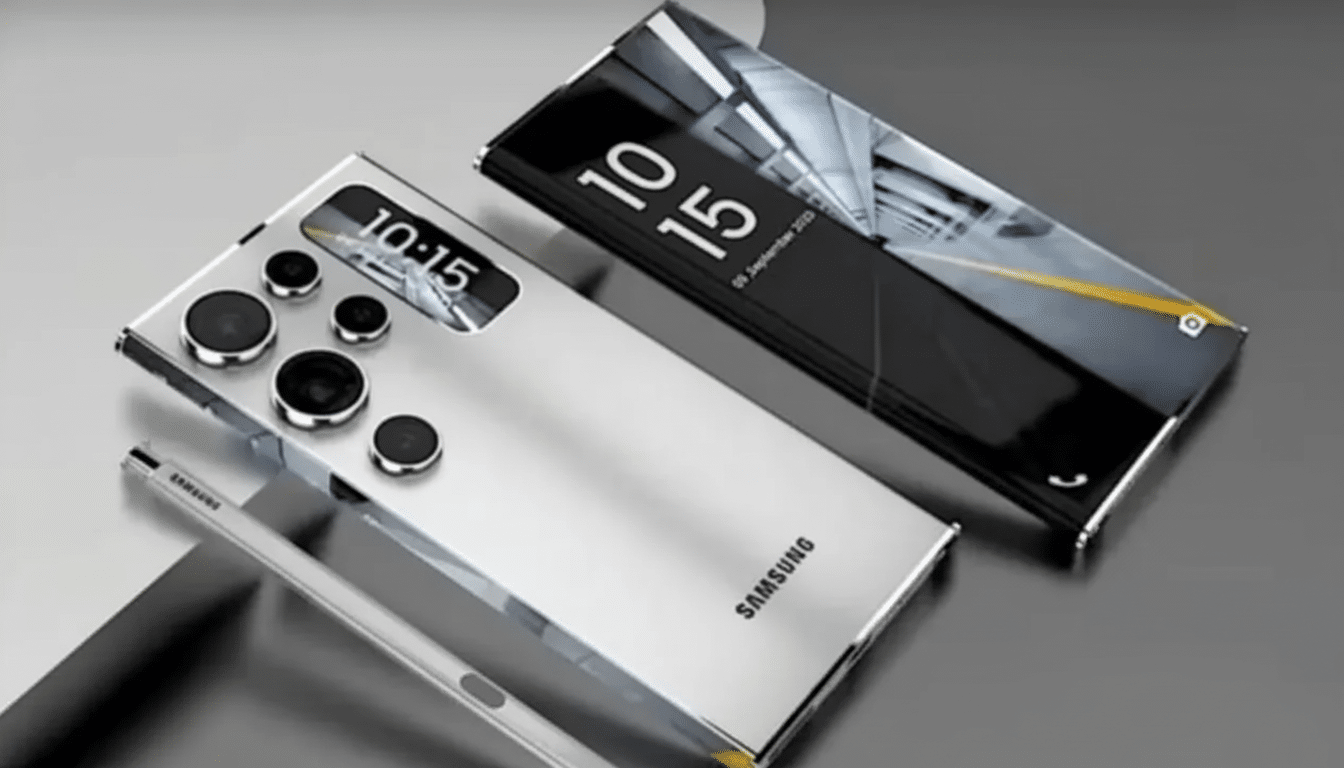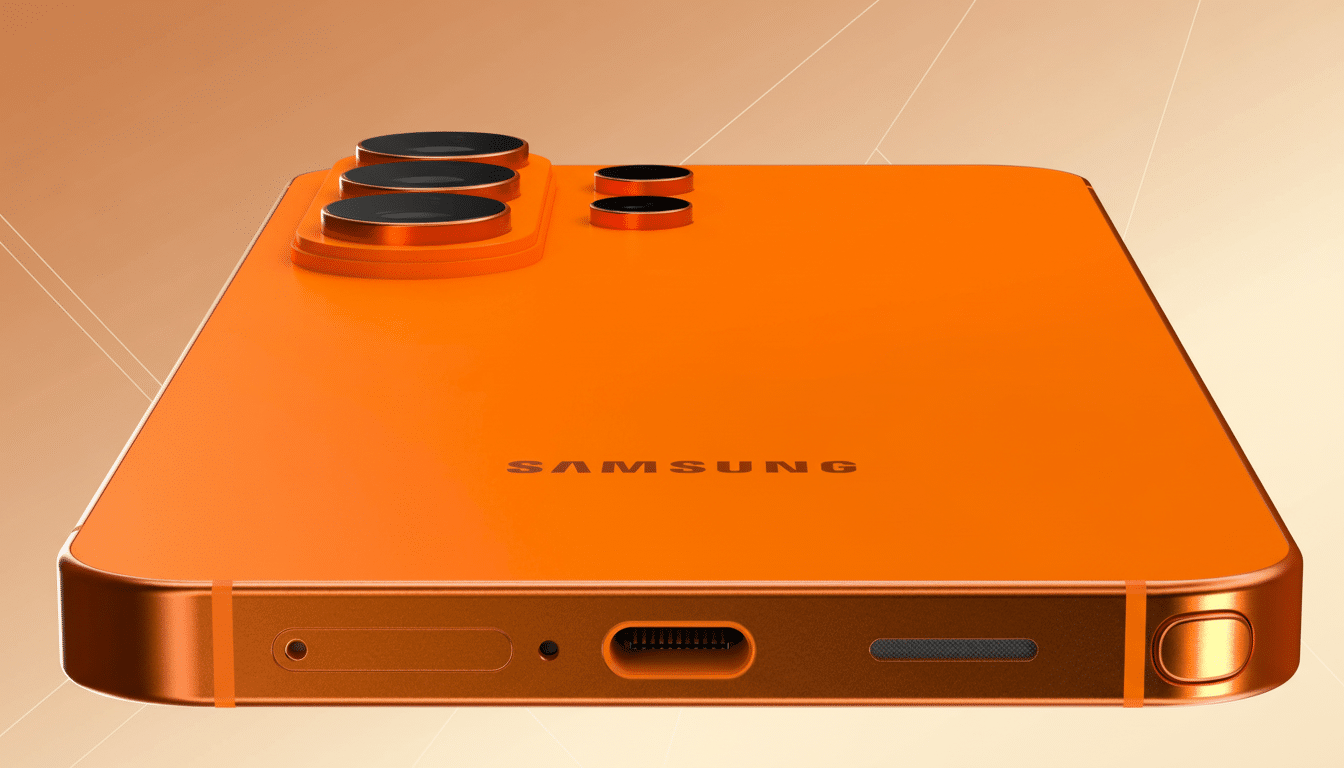A new leak suggests that Samsung’s upcoming Ultra flagship might be able to live up to its “fast charging” branding in real life. In fact, the Galaxy S26 Ultra is said to be switching to a 60W USB Power Delivery PPS profile that will keep high wattage more drawn out into the charging process and theoretically lead to some significantly faster top-ups than even today’s Samsung 45W provides.
What the leak really says about S26 Ultra charging behavior
Tipster Chunvn8888 says the S26 Ultra’s updated PPS behavior should aim for around 55W from 0–15 percent, and maintain approximately 45W through to 70 percent. On paper, that may not seem like much of a bump, but it’s the shape of the curve that really matters: fewer early spikes and more time spent at genuinely high power, where users notice it most.
- What the leak really says about S26 Ultra charging behavior
- Why sustained charging power matters for real-world use
- How it compares with competitors across Android and iOS
- The charging technology behind USB PD PPS explained
- Speed versus battery health and long-term capacity effects
- What we still don’t know about the S26 lineup and chargers
- Bottom line on the Galaxy S26 Ultra’s rumored charging shift

Compare that to the last few Samsung flagship devices. Independent charging logs on prior models list the 45W profile as spiking briefly to near that headline number and then falling off a cliff into the mid-30W range, subsequently slumping further with higher heat and state of charge. That’s because a lot of day-to-day topping up seldom even glimpses the “fast” part for long.
Why sustained charging power matters for real-world use
Nowadays, lithium-ion charging follows a curve: high current in the beginning, tapering down later. Holding more watts deeper into the pack will have a greater benefit from a time perspective than just making the peak higher. Reviewers at GSMArena and ChargerLAB have shown logs that demonstrate how early dips can add 5–10 more minutes at the typical mid-charge ranges.
If indeed the S26 Ultra does hold some 45W until ~70%, real-world stops could look quite different. With a ~5,000 mAh class battery (call it roughly 19–22 Wh usable), you’re looking at putting in an average near the mid-40W range for most of the first two-thirds, meaning a 20–70% top-up might have plausibly landed closer to that 25ish-minute mark when all was said and done, instead of the ~30-minute ballpark many seem to find themselves in today.
Of course, there’s also some wiggle room to account for thermal headroom and losses along the cable as well as variations among chargers themselves, but a flatter high-power plateau generally translates into the kind of “grab-and-go” feel that commuters and travelers are going to notice—a few dozen more miles of range in fewer minutes.
How it compares with competitors across Android and iOS
While some Android rivals chase triple-digit wattages, Samsung is playing it safe. OnePlus, Oppo and Realme promote 80–120W systems capable of reaching 0–100 percent in around 25–35 minutes, according to many reviews. The 90W and 120W implementations of Xiaomi are also fast. At the far end of the scale, Apple is capped at under 30W, and Google is hanging around there too.
If Samsung’s alleged 60W PPS ekes out a higher sustained rate, it wouldn’t knock the spec-sheet champs off their perches—it could close that gap in the metrics people actually use on a daily basis—0–50%, or 20–80%—without drifting too far into heat and battery wear. That equilibrium has been a long-standing focus for the brand.

The charging technology behind USB PD PPS explained
USB PD with Programmable Power Supply steps up and down voltage and current in small increments to reduce conversion losses in the phone, which helps keep it cooler. A finely tuned PPS profile that supports staying closer to the desired current will also allow more predictable charging rates, all while maintaining temperatures for important reasons such as comfort and device lifespan.
Realistically, you’re going to need a PPS (Programmable Power Supply) compatible adapter and a USB-C cable that can carry the high levels of current necessary in order to max out at 60W. Samsung’s previous 45W solution depends on the use of 5A-capable cables to achieve peak rates, and that can be expected here too. It seems that many third-party 65W GaN bricks which support PD PPS—and perhaps other wattages from some vendors—work, but some official adapter may also be needed to guarantee the full curve.
Speed versus battery health and long-term capacity effects
The higher the wattage, the more we worry about degradation, but charging strategy counts just as much as that headline figure. Studies cited by organizations such as the IEEE have long observed that heat and high charge states lead to increased wear. PPS’s fine-grained control and more sustained (yet not excessive) current will put fewer of those stressors on the battery versus spikier profiles at the same or even lower peaks.
If Samsung combines the new curve with good thermal management and cell chemistry tuned for higher C-rates, then the S26 Ultra might give you faster refills without a perceptible sacrifice in long-term capacity retention.
What we still don’t know about the S26 lineup and chargers
The leak centers on the Ultra. Whether the S26 and S26 Plus will graduate from their current tiers to make way for that higher profile, or if Samsung will keep the improved profile as a feature of this lineup’s top model, remain unknown. It’s unclear as well whether Samsung decides on a new in-box or optional adapter, or continues the bring-your-own-charger approach.
We also don’t know anything about battery capacity or architecture for certain. Any change there—like, say, creatively stacked cells or better thermal pathways in and around cells—could also further affect how aggressively the phone is able to hold higher wattage.
Bottom line on the Galaxy S26 Ultra’s rumored charging shift
On paper, of course, 60W doesn’t sound radical in a world where phones are doing 100W. But if the Galaxy S26 Ultra does let you keep fast charging fast long after just a few minutes, well, that’s the sort of feature people experience every day. Until Samsung announces details for real, take this as an encouraging indication that the next Ultra will indeed uncurve.

